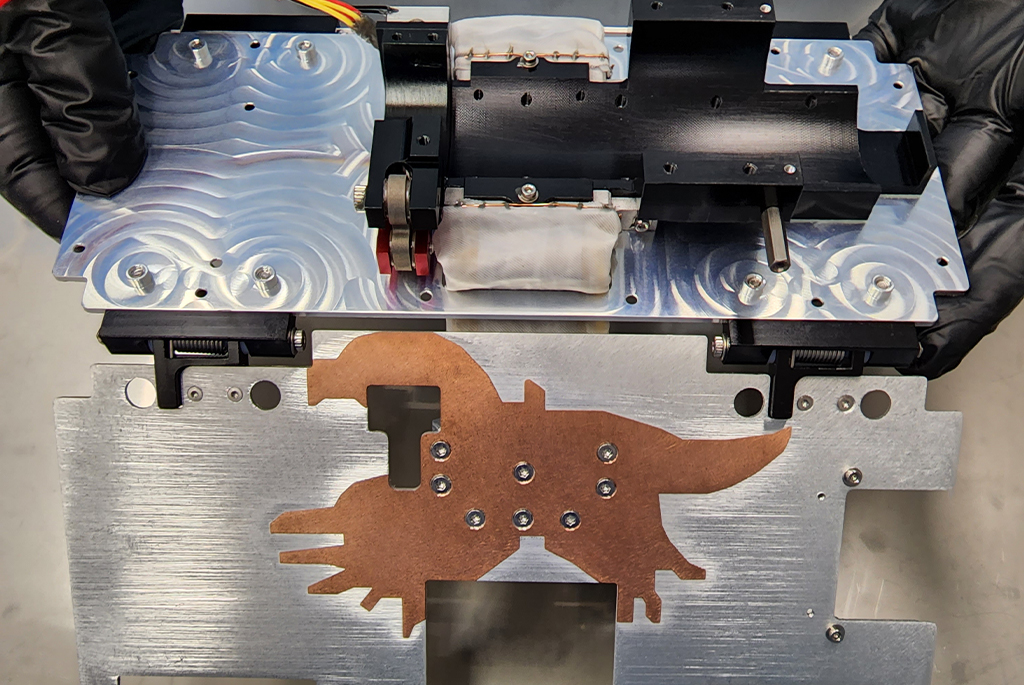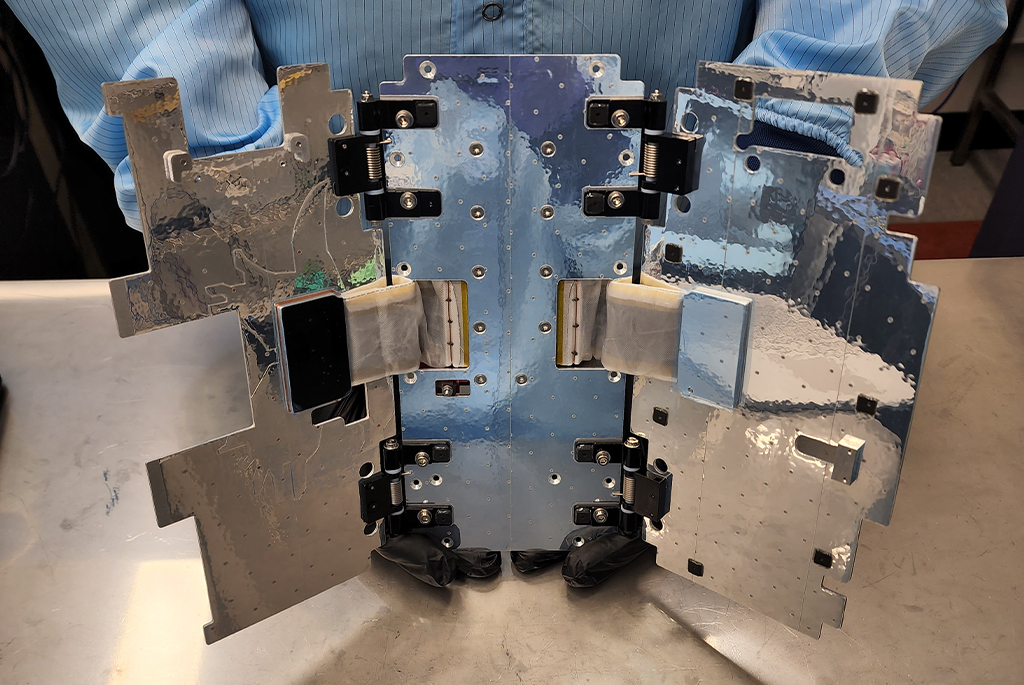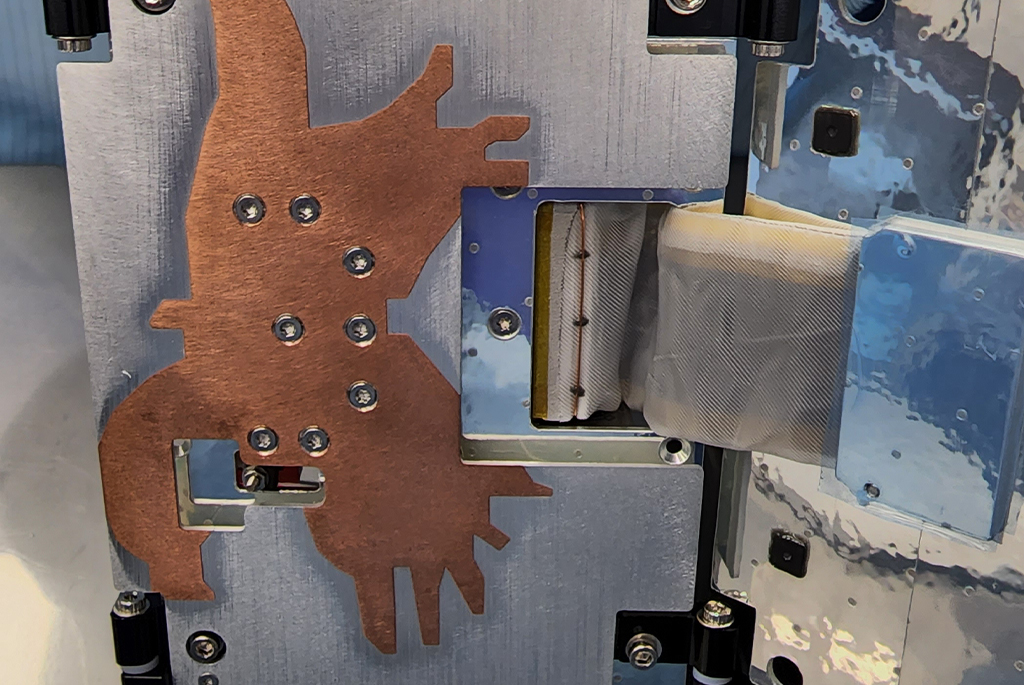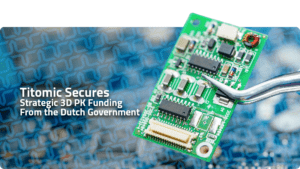SpIRIT, the first Australian-made scientific satellite in space in over two decades, is set to launch later this year in search of elusive gamma rays. On board will be a Titomic-built thermal radiator design, enabling it to host heat-sensitive instruments that could otherwise only fly on larger satellites.
In partnership with the University of Melbourne, Titomic used its fully customisable TKF 1000 additive manufacturing unit to fabricate high-efficiency radiator panels for the 11.5-kilogram SpIRIT nanosatellite.
A radiant innovation
A bespoke bi-metallic radiator design, cold-sprayed in pure copper and coated in mirror tape on one side, maximises the thermal efficiency of the system. The unique thermal design utilises an optimised ‘bird-shaped’ spray pattern generated by a computer algorithm. This allows the nanosatellite to efficiently reject heat for instruments with a substantially higher mass to thermal performance ratio.

Once in orbit, the nanosatellite will deploy solar panels and thermal radiators and search for gamma rays – the elusive phenomenon that is created when stars collide or die – as part of the HERMES Scientific Pathfinder Constellation mission.
SpIRIT will also carry cameras, guidance systems, an electric propulsion thruster, and computers. After two years of work, it will return to Earth and burn up on re-entry.


Heat exchanger technology with cold spray
Cold spray technology not only facilitates the creation of bespoke and mission-specific heat radiation management systems for applications ranging from satellites like the SpIRIT nanosatellite to industrial heat exchangers in oil, gas, and chemical sectors, but it also offers significant cost advantages and a faster speed to market.
This method reduces material waste and manufacturing time, enabling more economical production and quicker deployment of specialised thermal management solutions.
Get in touch with our engineering team to discuss how and where cold spray can add value to your operations.



